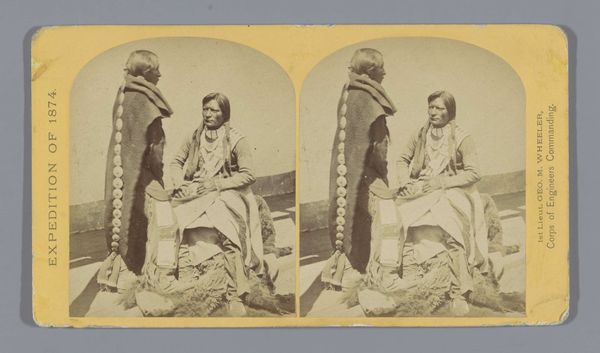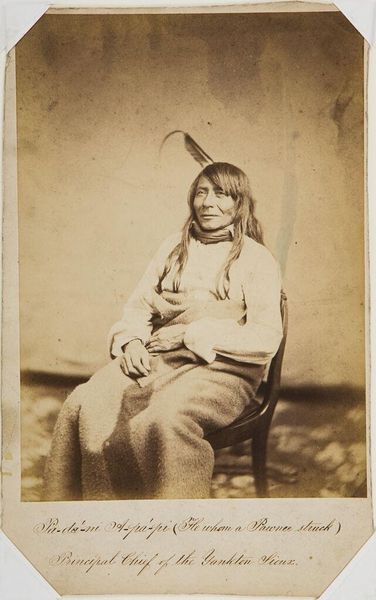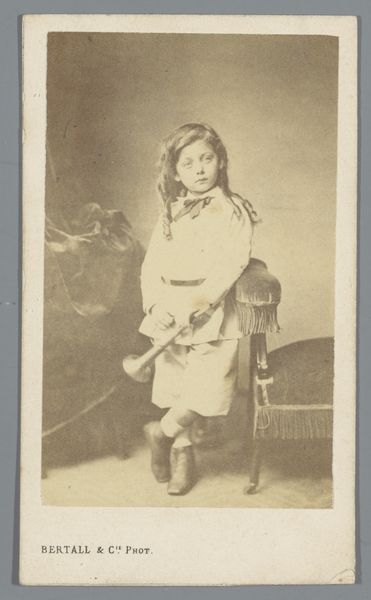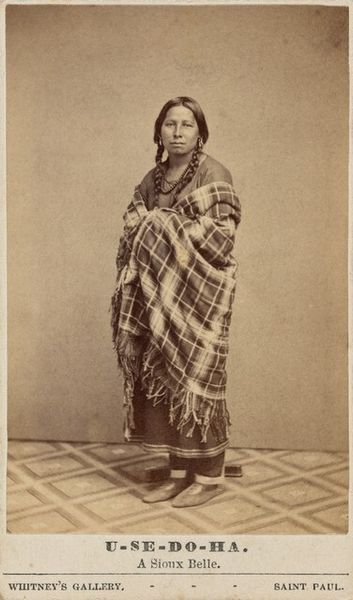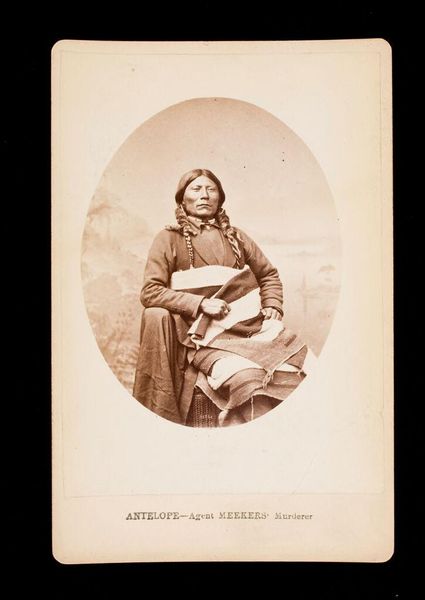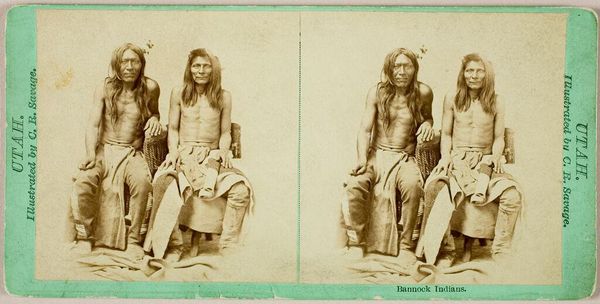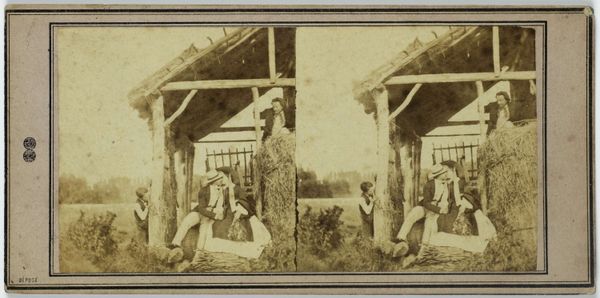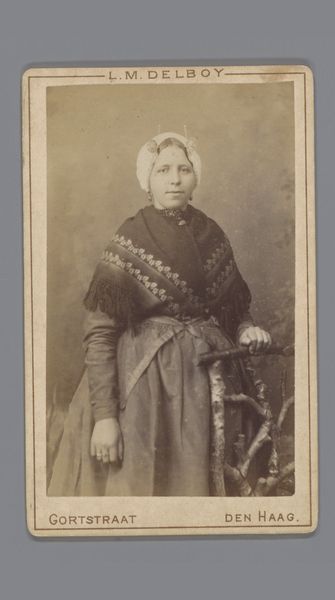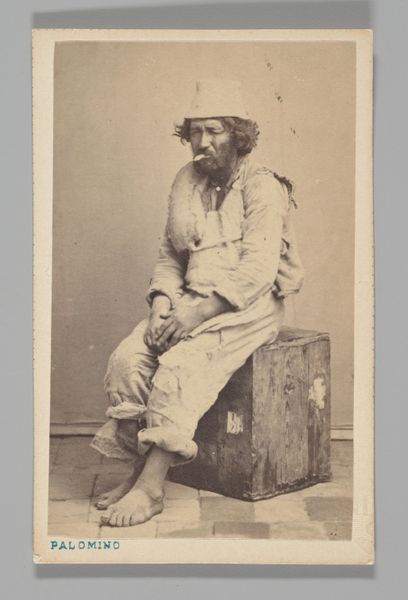
photography
#
portrait
#
photography
#
coloured pencil
#
orientalism
Dimensions: height 87 mm, width 177 mm
Copyright: Rijks Museum: Open Domain
Editor: This is a fascinating image, “Twee vrouwen met waterpijp,” which translates to "Two Women with a Water Pipe." It’s a photograph, dating somewhere between 1879 and 1910, and it presents as a double portrait. It has a definite anthropological feel… the way they're posed. What captures your eye most in this work? Curator: Ah, yes! It whispers to me of a time when the 'Orient' was viewed through a very particular, often romanticized, lens. You feel that anthropological gaze, and you're right to! But let's linger a moment on that "double portrait" aspect. Do you notice how it's presented? It almost suggests a three-dimensional viewing experience. Think stereoscope! People were obsessed with bringing these distant lands 'home' in a visceral way. Does knowing that alter your perspective perhaps? Editor: It does, actually! Suddenly the repetition isn't just for documentation, but for… immersive entertainment almost. Was it common to photograph women this way at the time? Curator: Common isn't quite the word, is it? Popular, perhaps. Exploitative? Perhaps. Photographs like these catered to a European audience hungry for exotic imagery. I feel a duality; they offered a glimpse into unfamiliar cultures but also perpetuated stereotypes. It's this push and pull of genuine curiosity versus, shall we say, 'refined' sensationalism that intrigues me, and saddens me too. What’s your feeling? Editor: I see what you mean. I feel that tension too. On one hand, a captured moment. On the other hand, staged for consumption. It’s much more complex than I initially thought. Curator: Precisely! And that complexity, my friend, is where the true magic often lies. Isn't it wonderful when a picture makes us consider so many angles at once?
Comments
No comments
Be the first to comment and join the conversation on the ultimate creative platform.
